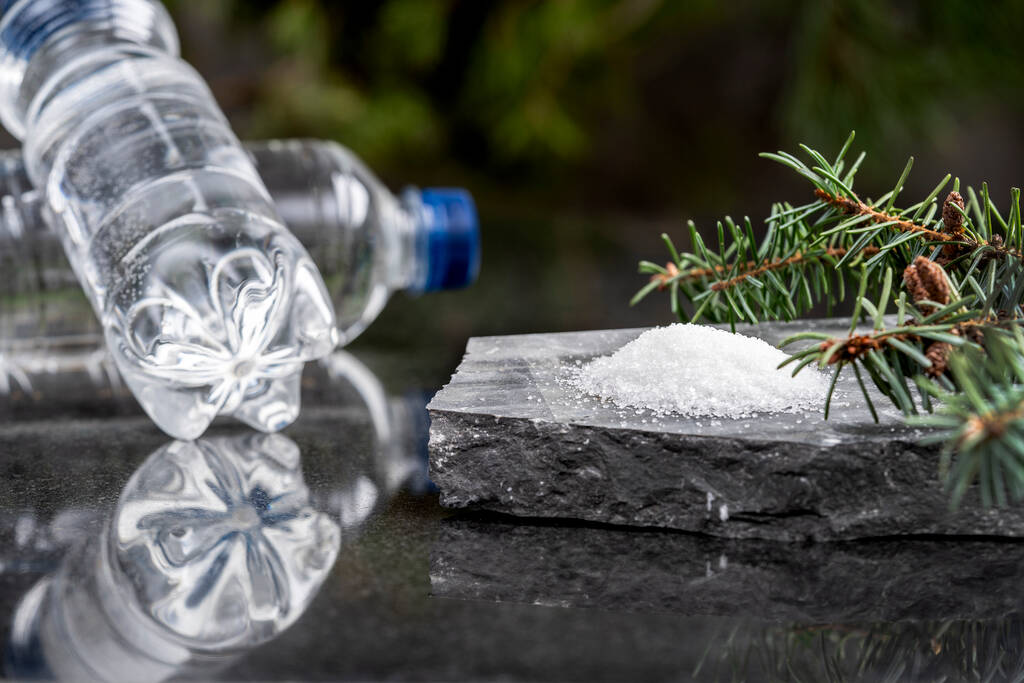I can barely keep up with news and capacity announcement on renewable diesel/HVO (hydrotreated vegetable oil) so I’ll just mention two big ones that I came across last week.
UPM said last week that it is moving forward with its biofuels growth plans and starts the basic engineering phase of a next-generation biorefinery, which would have an annual capacity of 500,000 tonnes of high-quality renewable fuels including sustainable jet fuel. The products would significantly reduce carbon footprint in road transport and aviation, as well as replace fossil raw materials with renewable alternatives in chemicals and bioplastics.
UPM’s solid wood biomass-based residues and side streams would play a substantial role in the feedstock pool. In addition, it would consist of sustainable liquid waste and residue raw materials. UPM will now proceed with a detailed commercial and basic engineering study to define the business case, select the most innovative technology option and estimate the investment need. The technology concept includes the use of green hydrogen in the production process. During the study, UPM will also review the operating environment primarily in two locations: Kotka, Finland and Rotterdam, the Netherlands.
For those who are not familiar with the HVO process, it also involves the co-production of naphtha (in this case, tall oil-based naphtha), which can be used to manufacture chemicals and plastics. UPM’s Lappeenranta Biorefinery, with annual capacity of 130,000 tonnes of HVO production, has been supplying bio-based naphtha to chemical companies such as SABIC, Dow and INEOS, where they can blend it in their petrochemical crackers and use the mixed petro-bio naphtha as raw material for the manufacture of chemical/monomer intermediates. These intermediates are typically certified under the mass balance system to prove that it can trace a degree of ‘renewability’ in their feedstock.
I have written a more comprehensive report about bio-based naphtha in Section 2.17 of the recently-released and updated “Bio-based Building Blocks and Polymers – Global Capacities, Production and Trends” report produced by nova-Institute. In this report is a list of HVO capacity worldwide, HVO plants that are already running as of 2020 and planned/announced HVO projects. Just for the record, not all of these capacities have the capability to produce bio-based naphtha as chemical feedstock. For those who are interested in buying this report, the Green Chemicals Blog is offering subscribers a 20% discount (use CODE: DDG_BioPol20).
The mass balance approach seems to be more popular in Europe at this time but it will probably catch up in the USA and Asia as well.
Diamond Green Diesel (DGD), a US-based major producer of renewable diesel (and bio-naphtha), also just announced that it has received approval to begin construction of its planned 470 million gals/year production facility at Port Arthur, Texas, refinery, which is anticipated to start operations in the second half of 2023.
Once operational, and when combined with the increased capacity at the Norco, Louisiana, facility (currently 290 million gallons annually with an anticipated increase of 400 million gallons due to be operational later this year), DGD’s total annual production capacity is expected to be approximately 1.2 billion gallons of renewable diesel and 50 million gallons of renewable naphtha.




